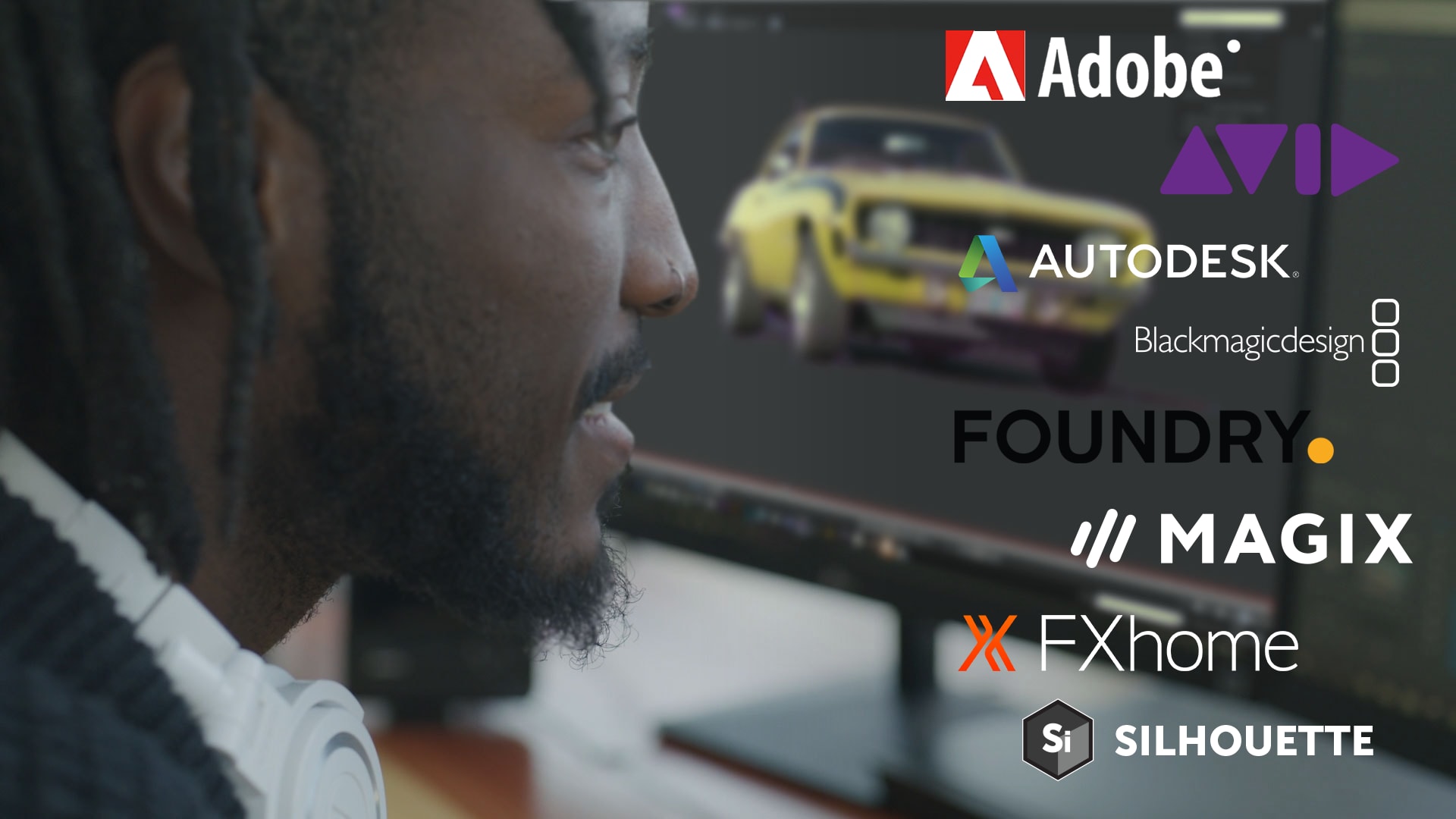

So for example my Pancake Timeline Macro is four keyboard shortcuts combined into one button press.Īt the minute if you want to do this using a Stream Deck you need to use a third party app like AutoHotKey (free for Windows) or Keyboard Maestro (paid for Mac) or Karabiner (free for Mac) to build simple, and highly complex, macros.Īs far as I know this could fairly easily be fixed with a software update to allow macros to be used. To be a clear a macro (in it’s simplest form) is a string of keyboard shortcuts that fire one after another. The first is the lack of native macro support. Now there are two current ‘downsides’ to the Stream Deck in reference to my perfect-controller-criteria one that can be fixed and one that doesn’t matter too much. It’s also very easy and intuitive to set up and customise. The LCD display keys mean that each button tells you what it does and can update with both a change of context and button state (their are toggle switches that tell you if something is on or off). When we consider the Stream Deck through the lens of these criteria it scores very highly. You can also set up macros that will perform repetitive tasks in a fraction of the time that doing so manually would require.Īnd with something that’s not just a button press, you’ve added a new dimension to the interactive experience. With all the shortcuts I’ve memorised I’m very fast at editing, so moving to press a different button, turn a dial or adjust a slider needs to be a net positive!īut the benefit of using a controller that does fulfil these criteria is that you don’t need to memorise a whole bunch of shortcuts, as the buttons will tell you what they will do, and they will update as you work in different software. This combination of a huge range of keys (and modifiers) and the person’s memory is tough to beat for speed and efficiency.Īlso once my hands are on the keyboard, I don’t really want to move them to another device unless doing so saves me time in total. Over time they’ve (hopefully!) memorised numerous keyboard shortcuts that speed up their work in different software applications and different parts of the same software. Most of the time, most people are working with a keyboard and pointing device.

There is no one perfect workflow, no one perfect controller.īut if I were to build a new controller designed for film editing from scratch it would need to take the following things into consideration, and it would have to be beat the default process of using a keyboard and mouse/tablet. These are all excellent in certain circumstances and with specific workflows, which, by the way, are as varied as the editors who create them. Personal favourites include the Logitech G-13, the Tangent Element Kb, the Razer Naga Chroma and the Palette Gear Expert. I’ve reviewed quite a few controllers, interfaces and devices in my time running this blog. This brings us on to five things that I think make for a ‘perfect’ editing controller. To my mind the Elgato Stream Deck has many of the attributes that could make it an (almost) perfect film editing device.

What makes the Stream Deck unique is that each of the buttons is it’s own LCD screen (72 x 72 pixels) which means that it can display whatever you want it to, whenever you want to. The Elgato Stream Deck is a unique 15 button controller, originally designed for ‘Streamers and Twitchers’ (hence the name) to switch cameras, add graphics or launch apps all at the press of a button. Creating custom scripts and macros for the Elgato Stream Deck.
#HITFILM PRO PLUGIN FOR ADOBE PREMIERE HOW TO#
How to set up an Elgato Stream Deck for Video Editing and Colour Grading.


 0 kommentar(er)
0 kommentar(er)
